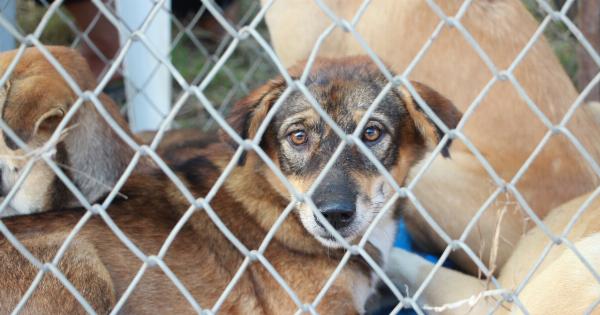Gorillas are one of the closest living relatives of humans. These majestic creatures share 98% of their DNA with humans, making them highly susceptible to many diseases afflicting humans.
Unfortunately, humans are equally vulnerable to the diseases found in gorillas. A deadly parasite called Plasmodium falciparum, the protozoan responsible for most malaria cases is one such condition that can be transmitted from gorillas to humans.
This article will explore the factors responsible for the transmission of deadly parasites from gorillas to humans.
Gorilla Habitats Favor Parasitic Growth
Gorillas are large primates that can weigh up to 400 pounds. They are social animals that live in groups known as troops. These troops of gorillas are found in remote forest regions of Africa, primarily in central and east Africa.
Unfortunately, the habitats favoring gorilla growth are the same that are favorable to the breeding and growth of parasites. This includes various mosquitoes and flies that carry infectious diseases that cause deadly infections like malaria, which is caused by the Plasmodium falciparum parasite.
Habitat Destruction
Over the years, habitat destruction and deforestation have resulted in gorillas’ smaller home ranges and smaller group sizes than previously encountered. This puts them at a higher risk of disease transmission.
The habitat destruction also forces gorillas to move closer to populated areas, increasing the chances of zoonotic disease transmission to humans. With reduced habitat, the gorillas are forced to travel longer distances in search of food, and their restricted access to water sources exposes them to more parasites, including malaria-carrying mosquitoes.
Hunting and Bushmeat Trade Hunting and Bushmeat Trade
Gorillas are hunted for their meat, which is considered a delicacy despite being illegal due to international conservation laws. The hunting and bushmeat trade have created a high risk of disease transmission from gorillas to humans.
Butchering wild animals that are potential disease carriers exposes humans to parasites and other infectious organisms. This is because bushmeat hunters do not have access to adequate healthcare facilities and are unable to treat these infections efficiently.
The trade in bushmeat is also notorious for its poor hygiene standards, making it a breeding ground for various infections.
Gorilla Tourism
Gorilla tourism involves tourists visiting gorilla habitats to view these mammals in their natural settings. This practice exposes them to potentially deadly infections and diseases transmitted from the gorillas they encounter.
Human visitors to gorilla habitats impact on the gorillas’ behavior, and the converse is also accurate. As a result, tourists may positively or adversely affect gorillas’ health. This interaction creates a high risk of disease transmission to humans, primarily if measures like hand washing, wearing masks, and minimizing contact is not followed.
Impact of Climate Change on Gorilla Parasite Transmission
Climate change is causing shifts in weather patterns and ecological conditions, leading to changes in gorilla habitats.
The change in weather and ecological conditions are affecting parasite transmission rates, making it hard to predict transmission patterns accurately. The changing weather conditions are also favoring the survival and growth of parasites that previously could not thrive in these regions.
This increases the likelihood of disease transmission from gorillas to humans via increasing the parasitic growth in gorillas.
Controlling Parasite Transmission from Gorillas to Humans
Controlling parasite transmission from gorillas to humans involves a multisectoral approach that requires different stakeholders’ collaboration to prevent or reduce the incidence of this transmission. Some approaches could include:.
- Educating locals and tourists on the risks associated with exposure to gorillas, and associated parasite transmission.
- Training healthcare workers to identify and treat gorilla-transmitted diseases quickly and effectively.
- Deploying health clinics to remote areas to allow early diagnosis and treatment of infection.
- Establishing stringent regulation of bushmeat trade to reduce the chances of zoonotic disease transmission.
- Creating legislation and enforcing habitat conservation laws to curb habitat destruction and limit opportunities for gorilla-human interaction.
Conclusion
In conclusion, the risk of zoonotic disease transmission from gorillas to humans is real and a threat to communities living in close proximity to gorilla habitats.
The habit destruction, climate change, hunting, and bushmeat trade, and tourism, are just a few factors responsible for these deadly parasitic transmissions. Nonetheless, a concerted effort to create legislation, regulate habitats, and educate locals and foreign tourists are all measures that can help reduce the incidence of parasitic transmission from gorillas to humans.




























